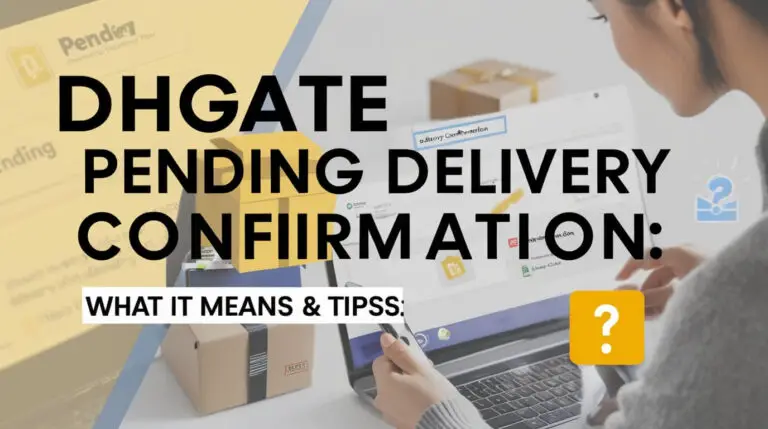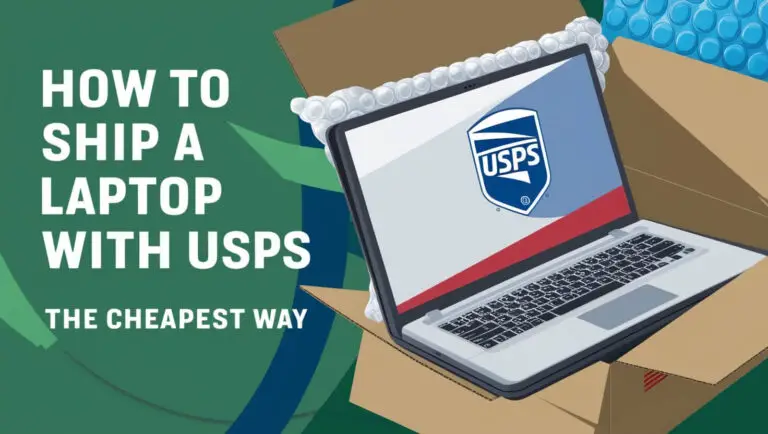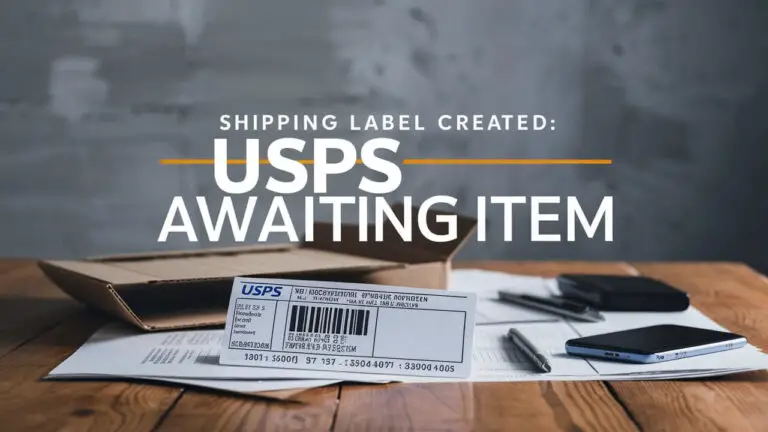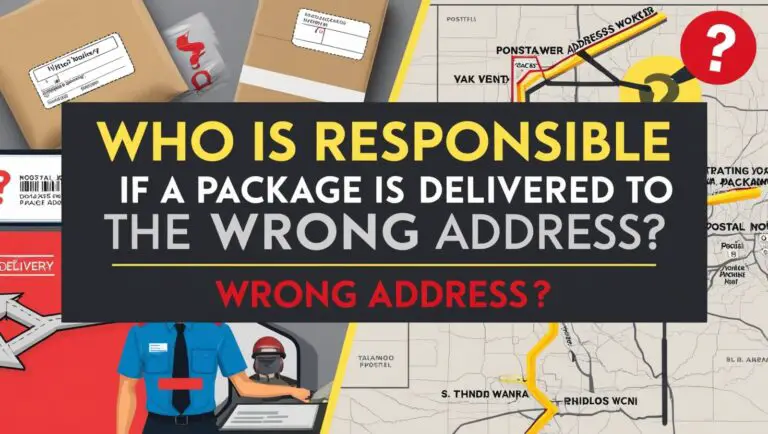What Does It Mean When Your Item Is Returned from Import Customs?
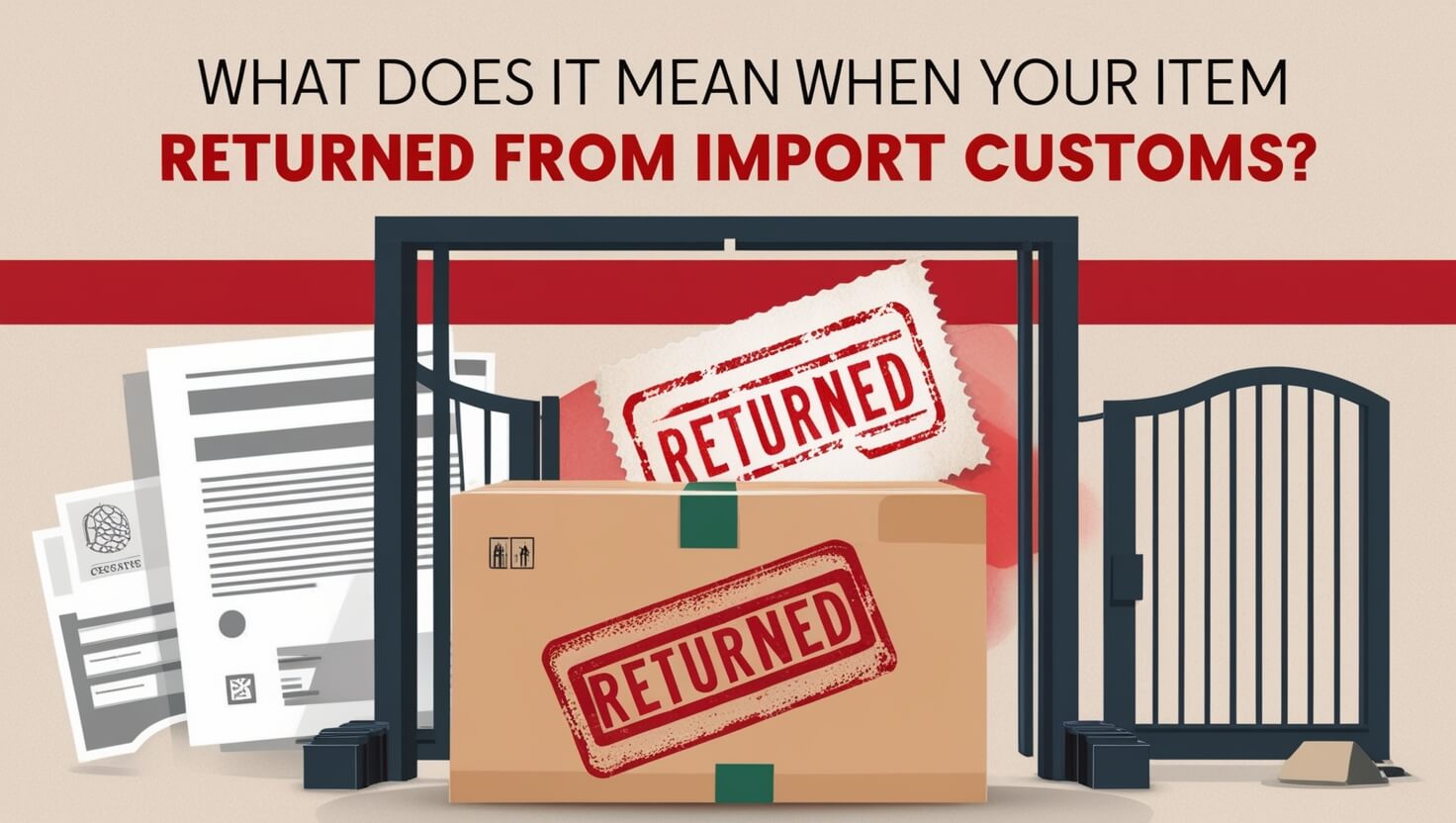
Waiting for a package from abroad? The message “Item returned from import customs” can be a real bummer. It means your stuff got sent back to where it came from, usually because of wrong papers, banned items, or unpaid fees. It’s a pain, but we’re here to help.
Sending things to other countries isn’t always easy. Customs can be tricky, but knowing how it works can save you trouble. We’ll explain why packages get sent back and what to do if it happens to you. Ready to tackle this customs puzzle? Let’s get started!
The Role of Customs in International Shipping
Customs play a crucial role in managing the flow of goods across borders. They’re responsible for:
- Collecting taxes and duties
- Enforcing import/export laws
- Protecting public safety
- Preventing smuggling
When you ship something internationally, it must pass through customs in the destination country. This process involves checking paperwork, assessing duties and taxes, and sometimes inspecting the contents.
Common Import Customs Procedures
Most shipments follow a standard path through customs:
- Arrival at the port of entry
- Document review
- Assessment of duties and taxes
- Possible physical inspection
- Clearance for delivery
But what happens when something goes wrong? That’s where our main topic comes in.
Decoding “Returned from Import Customs”
When you see this status, it means customs officials have decided not to allow your package into the country. Instead, they’re sending it back to where it came from. This can happen for several reasons, which we’ll explore next.
Reasons for Items Being Returned from Customs
Incomplete or Incorrect Documentation
Paperwork errors are a common culprit. Missing or inaccurate information on customs forms can lead to returns. This might include:
- Incorrect item descriptions
- Missing or wrong HS codes
- Inaccurate declared value
Always double-check your customs paperwork to avoid these issues.
Prohibited or Restricted Items
Each country has its own list of items that can’t be imported. Some common examples include:
- Certain foods and plants
- Weapons and explosives
- Counterfeit goods
Even if an item is legal in your country, it might be prohibited elsewhere. Research import restrictions before shipping.
Unpaid Duties and Taxes
Sometimes, customs will hold a package until import fees are paid. If these aren’t settled promptly, the item may be returned. Be prepared for potential duties and taxes on international shipments.
Failed Inspections or Quality Checks
Some items must meet specific standards to enter a country. If they fail inspection, customs may send them back. This often applies to food, medicine, and electronics.
The Impact of Customs Returns
Having an item returned from customs isn’t just inconvenient—it can have several negative effects.
Delays in Delivery
Obviously, if your package is sent back, it won’t arrive on time. This can be especially problematic for time-sensitive shipments or business orders.
Additional Costs
Returned items often mean extra shipping fees. You might have to pay to have the item sent back to you, then pay again to reship it correctly.
Customer Satisfaction Issues
For businesses, customs returns can lead to unhappy customers. Late deliveries and unexpected costs can damage your reputation and lose you repeat business.
What to Do When Your Item Is Returned from Customs
Don’t panic if your package is returned. There are steps you can take to resolve the issue.
Immediate Steps to Take
- Contact the sender or shipping company
- Find out why the item was returned
- Gather any additional required documents
- Decide whether to reship or seek a refund
Communicating with Customs Authorities
Sometimes, you may need to contact customs directly. They can provide more details about why your item was returned and what you need to do next.
When reaching out:
- Be polite and professional
- Have your tracking number ready
- Ask specific questions about the return reason
Working with Your Shipping Provider
Your shipping company can be a valuable ally. They often have experience dealing with customs issues and can guide you through the process.
Many providers offer customs clearance services, which can help prevent returns in the first place.
Preventing Future Customs Returns
While you can’t guarantee your packages will never be returned, you can reduce the risk.
Proper Documentation Preparation
Take time to fill out customs forms accurately and completely. Include:
- Detailed item descriptions
- Correct HS codes
- Accurate declared values
Consider using a customs broker for complex shipments.
Understanding Import Regulations
Research the import rules for your destination country. Pay attention to:
- Prohibited and restricted items
- Documentation requirements
- Any special certifications needed
Staying informed can help you avoid surprises at customs.
Choosing Reliable Shipping Services
Some shipping providers are better equipped to handle international shipments. Look for companies with:
- Experience in your destination country
- Customs clearance services
- Good track records for on-time delivery
Case Studies: Real-Life Experiences with Customs Returns
Let’s look at a couple of real examples to see how customs returns play out in practice.
Case 1: The Mislabeled Medication
Sarah ordered prescription medication from an online pharmacy. The package was returned from customs because the contents weren’t properly declared. She learned the importance of accurate labeling and got her doctor to provide the necessary documentation for the reshipment.
Case 2: The Overlooked Import Tax
Tom’s business sent a high-value electronics shipment to a customer in Brazil. It was returned because the recipient refused to pay the unexpected import taxes. Tom now includes information about potential import fees in his international shipping policies.
Final Thoughts
Dealing with items returned from import customs can be frustrating, but understanding the process makes it easier to handle. Remember:
- Always provide accurate documentation
- Research import restrictions beforehand
- Be prepared for potential fees
- Work with experienced shipping providers
By taking these steps, you can reduce the chances of customs returns and ensure smoother international shipping experiences.
FAQs About Items Returned from Import Customs
How long does it take for a returned item to get back to the sender?
It varies, but typically 1-4 weeks depending on the shipping method and distance.
Can I appeal a customs decision to return my item?
Yes, but the process can be complex and time-consuming. It’s often easier to correct the issue and reship.
Will I get a refund if my item is returned from customs?
This depends on the seller’s policies. Many will refund the item cost but not shipping fees.
How can I track my package if it’s been returned from customs?
Use the original tracking number. Most shipping companies will continue updating the status.
Are certain countries more likely to return items from customs?
Some countries have stricter import regulations, but returns can happen anywhere. Research your specific destination.
Remember, while customs returns can be a hassle, they’re part of the international shipping process. Stay informed, be prepared, and don’t hesitate to ask for help when needed. Happy shipping!

